Using breakthrough methods to protect our sea creatures and their home.
There are still two key realms that perplex humankind.

The first is outer space.
We could explore, study and test our galaxies for millennia. Yet, we would still be hard-pressed to answer all the questions posed by our solar system.
Then there’s the second seemingly unknowable realm – our oceans (inner space).

With over 80 per cent of Earth’s oceans remaining unexplored, we are yet to uncover everything there is to know about our sea life and the big blue. However, the good news is that we are one giant leap closer to knowing a lot more.
Vastness should not intimidate us. From the sea to the stars, research is not just essential but a beacon of hope. It guides our understanding of the world around us and, importantly, how we can protect our planet in the face of demanding climate challenges.
While we think the solar system is enchanting (to say the least), we at Minderoo are passionate about and focused on the life and environments of our own planet and the seas that cover more than 70 per cent of its surface area.
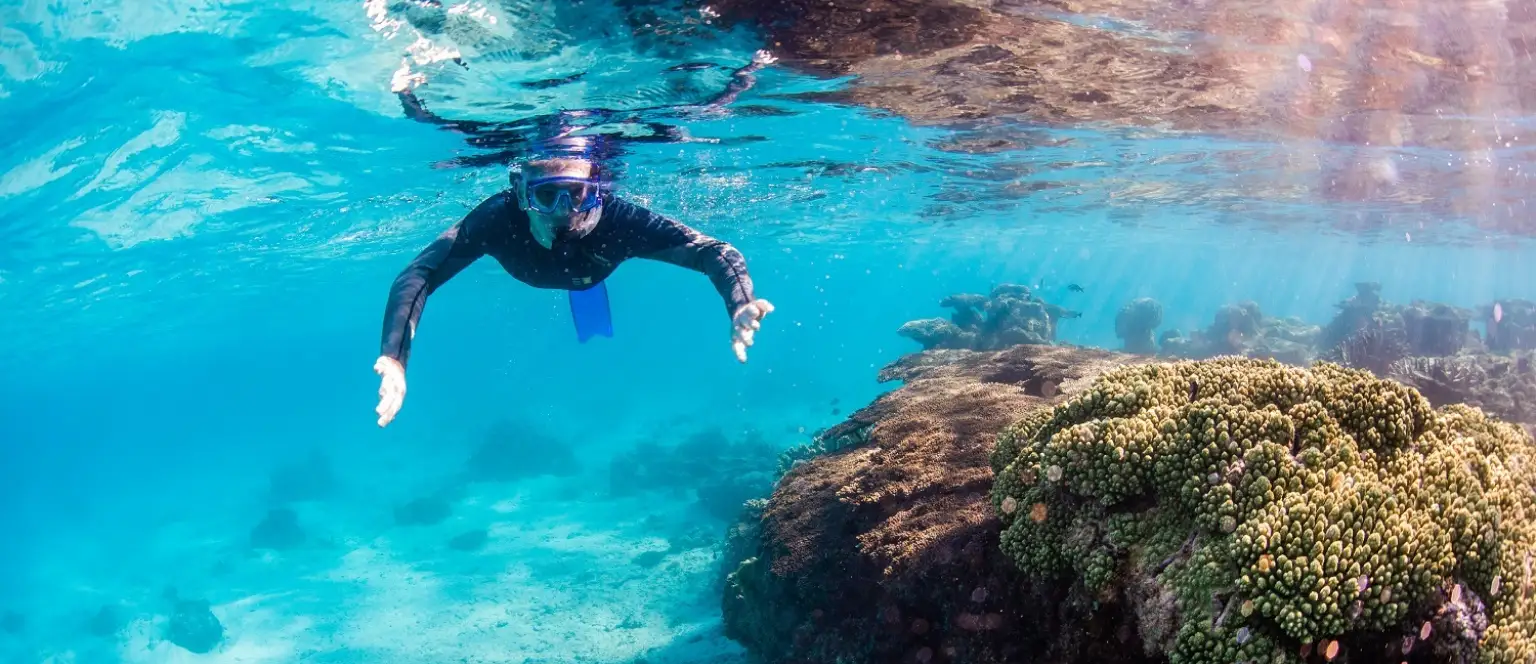
After all, our oceans are critical to all life on Earth.
- Oceans absorb around 25 per cent of all carbon emissions.
- They generate 50 per cent of the oxygen we need to survive.
- 3 billion people depend on them for water and food.
Unfortunately, our oceans are currently in a state of crisis. Addressing this crisis is one of the most challenging tasks of our time.
Thankfully, with new tools to monitor marine ecosystems, we are learning more than ever before about marine wildlife and the oceans they call home.
This knowledge will be essential to conserving our life-giving, all-important oceans and their inhabitants for all generations.
It’s no sea-cret – our oceans are in crisis
Ocean biodiversity has declined rapidly and significantly over the last several decades. Thousands of underwater species are at risk of extinction, and the state of these vast ecosystems hang in the balance.
Some reasons for this include:
- Unsustainable fishing practices
- Rising sea temperatures
- Ocean acidification
- Expansion of oxygen minimum zones
- Eutrophication of coastal habitats
- Pollution
Without action, biodiversity loss is projected to continue accelerating, and we risk losing over 1 million species within the next 80 years – and, with them, life as we know it.
So, what can we do to help prevent this?
Sea-cret 1: Just a drop in the ocean can tell us a lot about marine wildlife
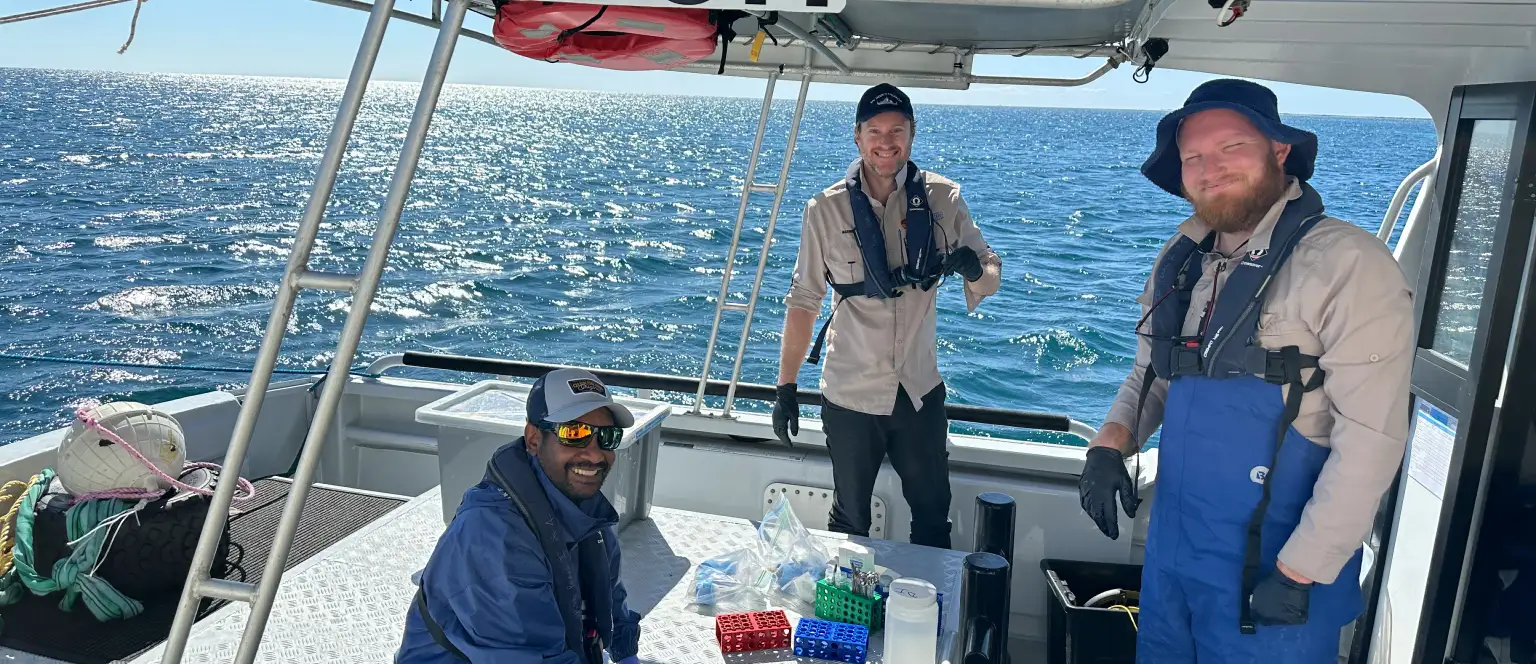
Imagine if a bucket of seawater could reveal most of what we need to know about life in its surrounding waters.
Until recently, local observation (i.e. watching hours of video) was the only way to monitor the underwater world. This means you effectively had to see it to believe it.
But now, we are working alongside our partners to advance new methods to monitor and protect marine wildlife at speed and scale.
How is this being done? Through the analysis of the architectural blueprint of all life on Earth — DNA. In this case, environmental DNA (eDNA).
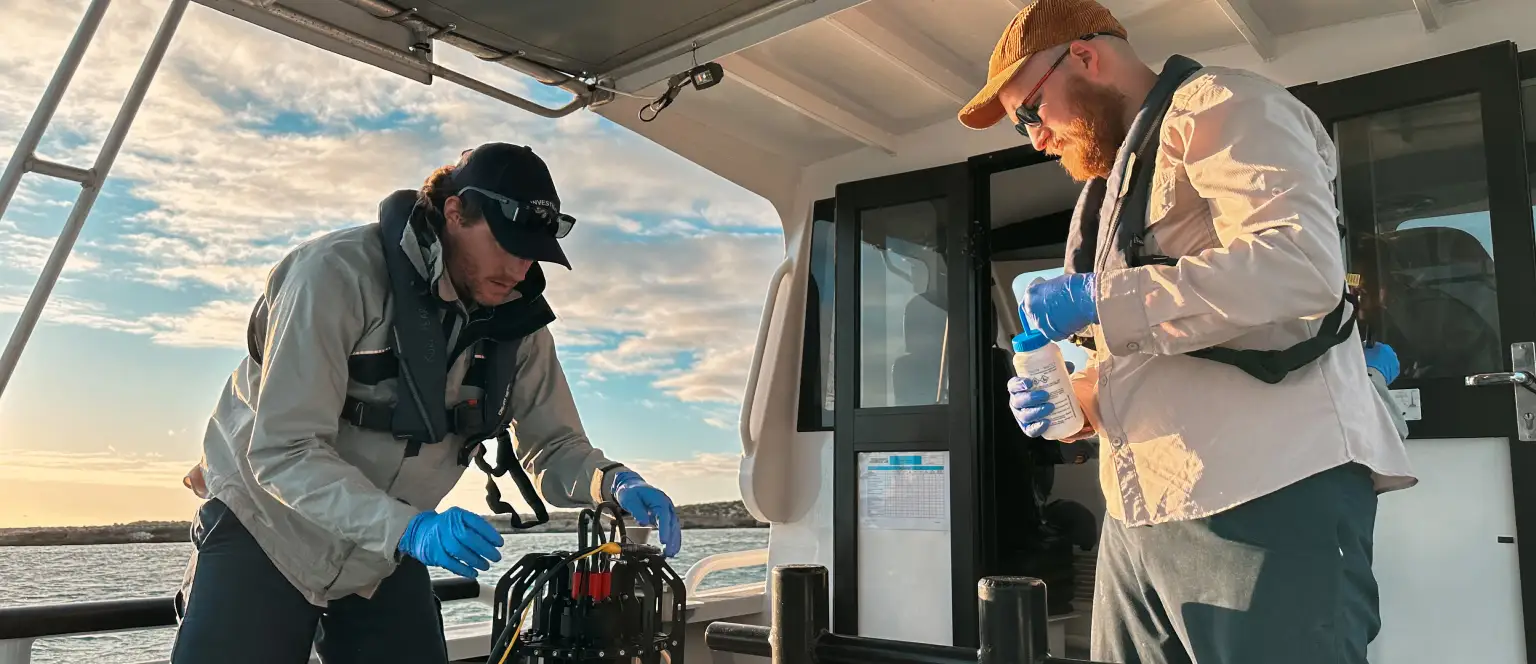
eDNA technology provides a fast, cost-effective way to detect species without directly observing them. Small amounts of seawater can help us collect and analyse hundreds of invisible DNA samples from a plethora of species at once, massively increasing our ability to monitor marine wildlife without harming it. And with AI, we can improve and speed up this process even further.
By cataloguing this information, we are putting pieces of a puzzle together — uncovering the presence, movements, and health of different marine species and ecosystems to find the best ways to protect them.
With this conservation method already being co-signed by the United States government as the way forward, we hope our OceanOmics project will encourage Australia to follow suit on a federal level.
With all this new information, we aim to:
- Develop guidelines for how eDNA technology can be used to monitor biodiversity in Australian waters.
- Integrate these guidelines into policy and regulatory frameworks.
- And, ultimately, protect life in the ocean.
Sea-cret 2: The more we know about marine wildlife, the better we can protect it
So far, Minderoo and our partners have embarked on more than 20 voyages to collect and analyse eDNA samples, with the latest Investigator trip spanning 26 days.
To support these voyages, we have developed an eDNA sequency facility that operates right on the ocean. This allows our teams to analyse the seawater samples in almost real-time – revolutionising our ability to produce true snapshots of life underwater with precision and speed.
With resources like this, we can now gain insights into marine ecosystems as they exist in the moment – an exciting leap forward in marine conservation.

With an initial focus on the Australian Commonwealth marine estate, we have collected and analysed samples from:
- The Great Barrier Reef
- Ningaloo Reef
- The underwater canyon system of the Perth Canyon
- The unique marine ecosystems of the Abrolhos Islands
- The nearshore waters off the south-west coast of Western Australia
- And more!

The information collected on these voyages can help us pinpoint where biodiversity is, it’s health status and how we should design Ocean Conservation Areas to protect it.
This work also supports global targets to increase ocean conservation and protect the intricate biology of our ocean. Currently, less than 3 per cent of our oceans are listed as fully or highly protected zones.
The scalability of eDNA is the real game changer when it comes to monitoring, managing and conserving marine biodiversity across time and space.
We are just getting started on our work with eDNA (sign up to our e-newsletter or follow us on socials to follow our journey!)
Sea-cret 3: Creating a global genetic library of thousands of marine species will be essential to ocean conservation
To identify a single eDNA sample from seawater, we need a library of references to compare it to.
Therefore, part of our work includes building a ‘library’ of all the different genomes that we can compare against our samples as we collect them.
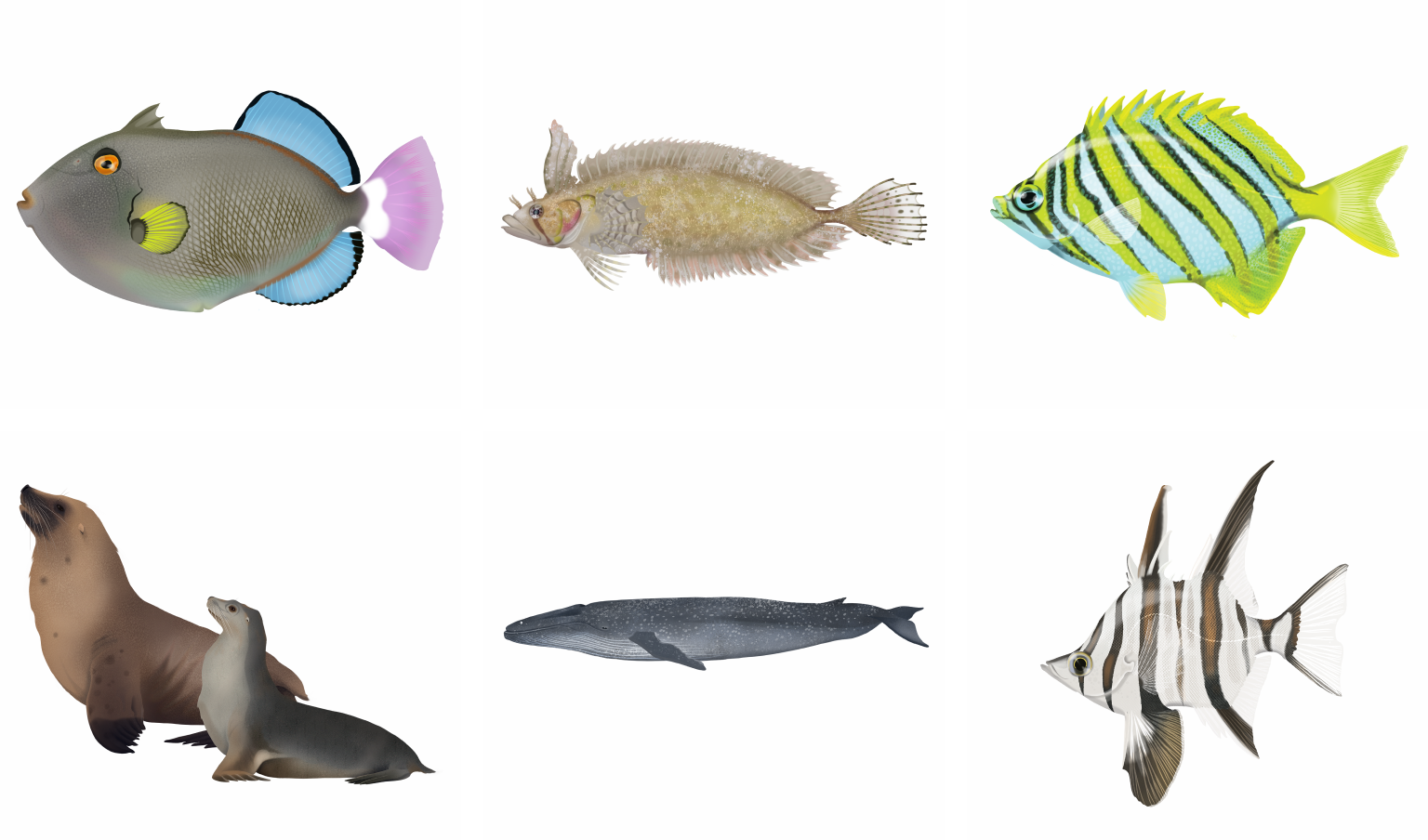
The challenge: just four per cent of the 20,000 known species of marine fish have had their genomes sequenced to date.
In collaboration with our global partners, one of the program’s ambitious goals is to generate and release to the public the reference genomic resources for thousands of marine species. By doing so, we hope to unleash the power of these exciting genomic technologies to support best practice marine conservation.
While there is still a long way to go to protect precious marine ecosystems, we are proud to be championing and advancing eDNA technology in Australia and strengthening the tools that will be essential to our global ocean conservation arsenal. The possibilities for this technology are out of this world.
Keep an eye out for updates on upcoming marine genomic endeavours by Minderoo and our partners. We’ll guide you to the underwater world of Inner Space and reveal more behind-the-scenes of our voyages, partnerships and discoveries.

And if you aren’t already subscribed to our e-newsletter, you can sign up below.
Join our online community
Join thousands of changemakers by subscribing to Minderoo’s monthly e-newsletter, where we share the latest updates, inspiring stories and simple actions you can take to help drive change.
By signing up with your email, you agree to Minderoo Foundation’s Privacy Policy.
Join our online community
You may also like
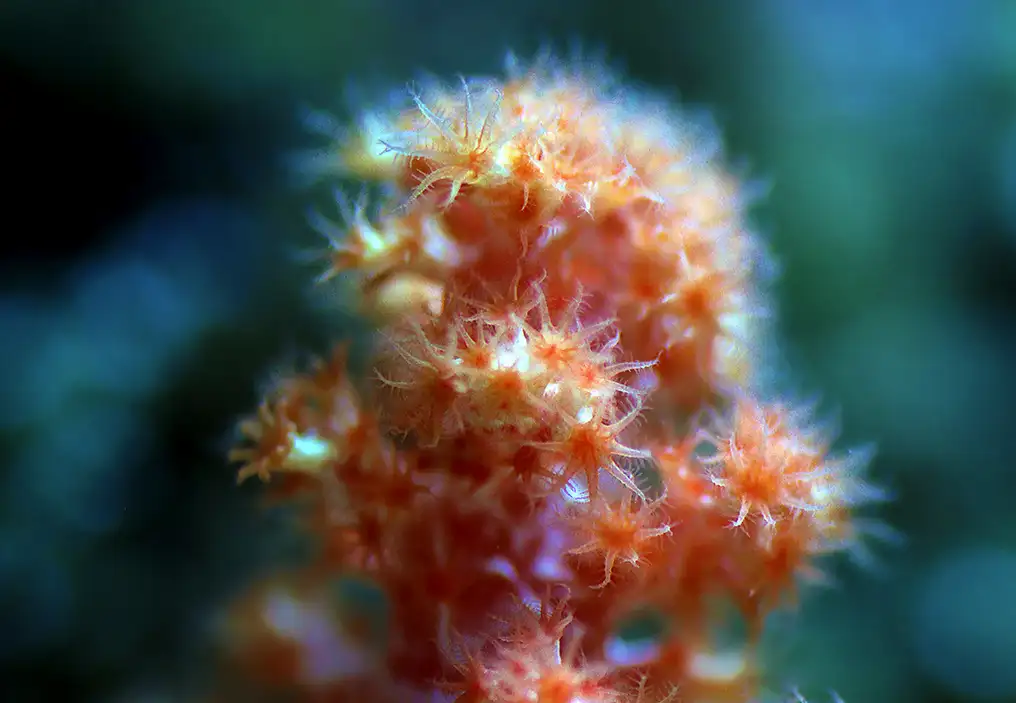
eDNA: A new way to understand and protect marine life.
